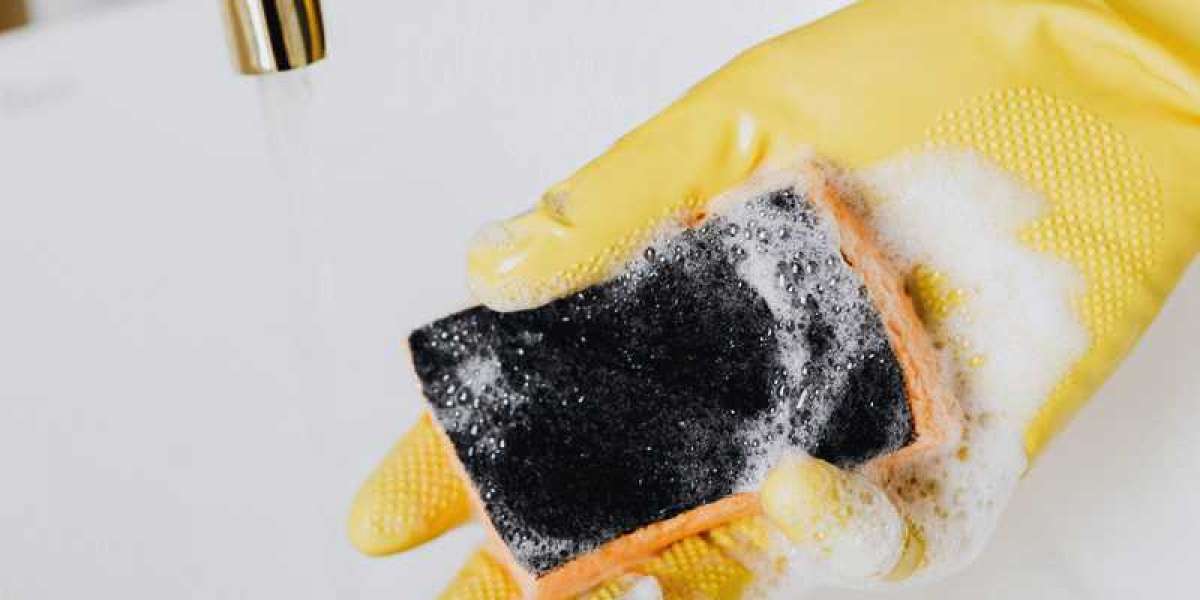Clients want to look good for more than special occasions; they want it to last a lifetime. Here’s how an esthetician can make it happen.
Encourage Maintenance Services
Everyone deserves an occasional spa day, but the benefits of a single facial don’t last forever. As beauty professionals, estheticians should educate their clients about their skin and the importance of ongoing care, creating individualized treatment plans that meet both short- and long-term goals.
Estheticians can encourage clients to schedule regular appointments by pointing out the many benefits of routine care, including looking their best every day. And many services, such as hair removal, are less irritating and costly when performed regularly.
Guide Clients to the Best Products
The wrong cleansers, scrubs, moisturizers, and cosmetics can be a disaster when used on the wrong skin type, especially sensitive skin. But with shelves full of products to choose from, clients are often confused about which are most beneficial and how specific ingredients interact with their complexion.
Estheticians help clients better understand their skin and offer recommendations for the most appropriate over-the-counter products. Some also sell spa-quality formulas only available to skincare professionals.
Choosing the right colors and types of cosmetics, especially foundation, is also tricky for clients who don’t understand the nuances of skin color, tone and texture. Estheticians help by selecting complementary shades for a perfect finish.
Beauty is the foundation of self-assurance. Everyone wants their inner radiance to be reflected in how they look. Skin is an esthetician’s canvas, and like an artist, it’s their mission to create a masterpiece through beauty care.
Everyone is unique, so estheticians learn about their clients’ complexions through skin analysis before making treatment recommendations. The process includes an extensive questionnaire reviewing medical conditions and lifestyle factors that affect appearance, such as sun exposure, smoking and eating habits.
A visual examination with magnifying lamps and devices that measure skin’s characteristics from sebum level to moisture content is revealing. Using their fingers, estheticians then evaluate the surface texture of the skin, searching for subtle irregularities that indicate dryness, irritation or clogged pores.








